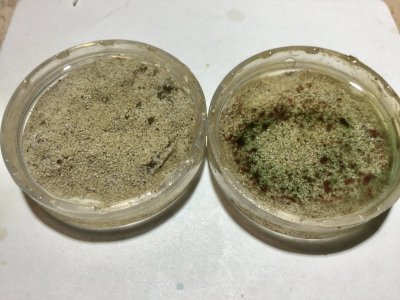- Joined
- May 25, 2019
- Messages
- 17
- Reaction score
- 12
Agree, discuss with diferentt point of views take us from the comfort zone.This subject has been a mine field for 15 years or more, hence why these threads are constantly started, the trouble is there is no data on cyano and ratios, simply reading through this thread in its entirety will tell you it’s not as simple as change the ratios to this and cyano disappears... if that really worked these threads would of stopped years ago. The experiments Dan, Taricha and the guys are trying hopefully will help shed some light on this very frustrating but very important bacteria and what triggers it from being beneficial to being a pita... always good to discuss differing views and challenge each other



















